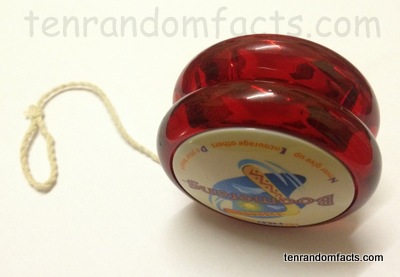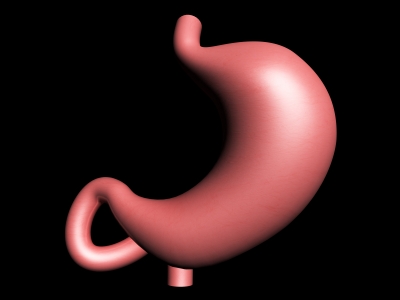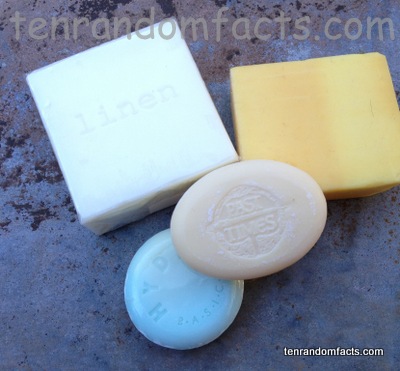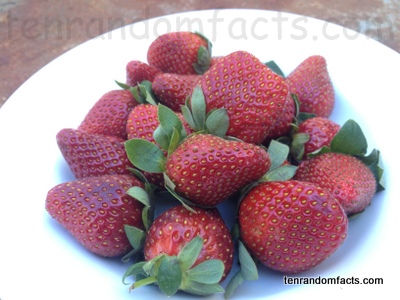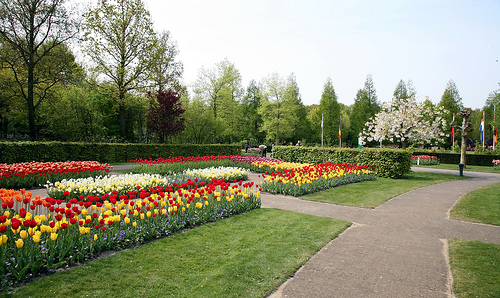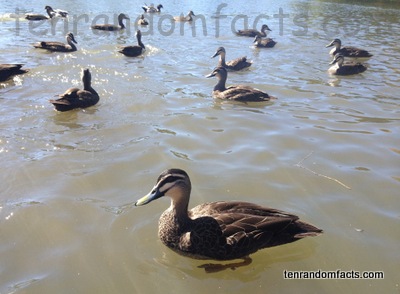
Have you seen a pacific black duck’s speculum?
- Pacific black ducks are dabbling ducks, which are ducks that generally feed on the surface of the water, and poke their head into the water for food, while the back half of the duck remains out of the water.
- Pacific black ducks are native to most of Australasia and the Pacific islands and parts of Southeast Asia.
- ‘Pacific black ducks’ are also known as ‘grey ducks’, ‘black ducks’, ‘brown ducks’, ‘wild ducks’, ‘blackies’, ‘Australian wild ducks’ and ‘Parera’, a New Zealand Maori term.
- Pacific black ducks live in or near ponds, wetlands, lakes or marshes and nest in woven grass, leaves and other foliage, laying 7-13 white eggs.
- Pacific black ducks are typically dark brown in colour, with a paler head and neck, with distinctive stripes on their face.
- Pacific black ducks are generally between 50 to 60 centimetres (1.6 to 2 feet) in length, with males generally larger than females.
- The scientific name of pacific black ducks is Anas superciliosa and they are from the family Anatidae, which is the family of ducks, swans and geese.
- Pacific black ducks are similar to their introduced cousins, mallards, that the ducks can and do breed with.
- Pacific black ducks are covered with waterproof oil that the ducks produce, and have a magnificent green speculum (patch on their feathers), which is best seen when the ducks are in flight.
- Pacific black ducks feed on seeds of aquatic vegetation, shrimps, yabbies, crustaceans and insects, and they will sometimes forage for food on the ground.
Bibliography:
Davis D, Pacific Black Duck, 2013, Wires Northern Rivers, <http://www.wiresnr.org/pacificblackduck.html>
Pacific Black Duck, 2013, Wikipedia, <http://en.wikipedia.org/wiki/Pacific_Black_Duck>






